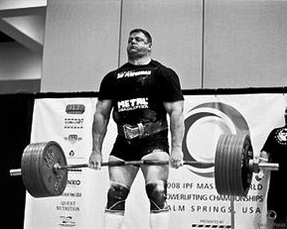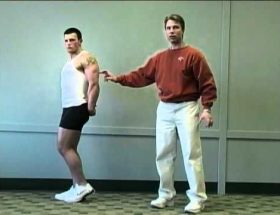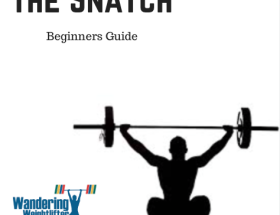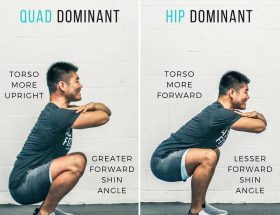Functional strength training has gained popularity in recent years as more individuals seek a workout routine that enhances their overall performance in daily activities. While traditional weightlifting exercises can certainly develop strength and muscle mass, they may not necessarily translate to improved functional abilities. This is where strongman training comes in, offering a unique approach to building functional strength that carries over into real-world activities. In this article, we will explore the benefits of strongman training and how it can help you achieve functional strength.
What is Strongman Training?
Strongman training is a form of strength training that simulates real-world activities and requires the athlete to lift, carry, and manipulate heavy and awkward objects. It originated from the traditional strongman competitions, where participants competed in various strength-based events like lifting atlas stones, carrying odd-shaped objects, and hauling heavy loads.
The beauty of strongman training lies in its effectiveness at targeting multiple muscle groups simultaneously, challenging stability, grip strength, and coordination. Unlike typical weightlifting exercises that isolate specific muscle groups, strongman training promotes overall functional strength, which allows individuals to perform everyday tasks more efficiently and with reduced risk of injury.
Benefits of Strongman Training for Functional Strength
1. Total Body Conditioning
Strongman training engages the entire body, working muscles from head to toe. By incorporating full-body movements, such as carrying heavy loads, pushing sleds, or flipping tires, strongman training ensures that no muscle is left unchallenged. This promotes total body conditioning and helps individuals develop a well-rounded functional strength that carries over to everyday activities.
2. Builds Stabilizer Muscles
Traditional weightlifting often focuses on the major muscle groups, neglecting the stabilization muscles responsible for maintaining proper alignment and joint stability. Strongman training, on the other hand, targets these important stabilizer muscles as athletes navigate through uneven terrains or manipulate awkward objects. This improves overall balance, posture, and joint stability, minimizing the risk of injuries in daily life.
3. Increases Grip Strength
Grip strength is essential for many daily tasks, such as opening jars, carrying grocery bags, or holding onto heavy objects. Strongman training places a heavy emphasis on grip strength development since many of the exercises involve gripping and manipulating odd-shaped objects. By regularly training with thick bars, farmers’ walks, or atlas stones, individuals can significantly improve their grip strength, making everyday tasks easier and more manageable.
4. Enhances Core Stability
Performing strongman exercises requires a strong and stable core. Squatting with a heavy yoke, carrying a sandbag, or lifting atlas stones all heavily involve the core musculature. Strongman training forces the core muscles to work harder and become more resilient, improving spinal stability and reducing the risk of lower back pain or injuries.
How to Incorporate Strongman Training?
While strongman training can be challenging, it is essential to approach it with proper form, technique, and progression to ensure safety and maximize benefits. Here are some guidelines to help you incorporate strongman training effectively:
1. Start with the Basics
Begin with fundamental strongman movements such as atlas stone lifts, farmer’s carries, and sled drags. Focus on mastering these foundational exercises before progressing to more complex movements.
2. Use a Variety of Equipment
Utilize a range of strongman equipment, such as sandbags, tires, logs, and kegs. Switching up the equipment and exercises challenges your body in different ways and enhances overall functional strength.
3. Train for Specificity
Identify your specific goals and incorporate strongman exercises that mimic real-world activities you often encounter. For instance, if you frequently need to lift heavy objects from the ground, focus on exercises like tire flips or stone lifts.
4. Focus on Proper Technique
To prevent injuries and get the most out of your training, prioritize proper form and technique for each exercise. If unsure, consult a certified strongman coach or trainer who can guide you through the movements.
Conclusion
Strongman training offers a unique and effective approach to functional strength development. By engaging multiple muscle groups, promoting total body conditioning, and targeting stabilizer muscles, grip strength, and core stability, strongman training prepares individuals for the demands of daily life. Incorporating strongman exercises into your training routine will not only improve your physical performance but also make everyday tasks more manageable and reduce the risk of injuries. Remember to approach strongman training with proper technique and progress at your own pace for optimal results.









